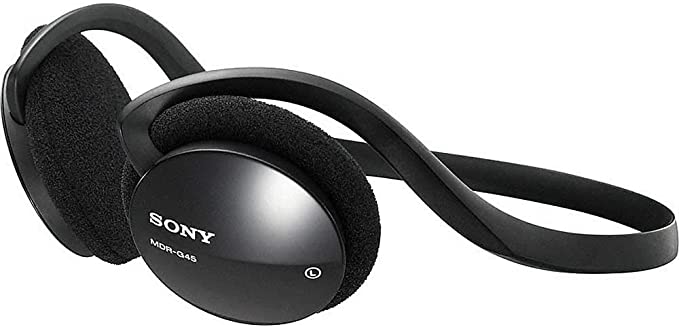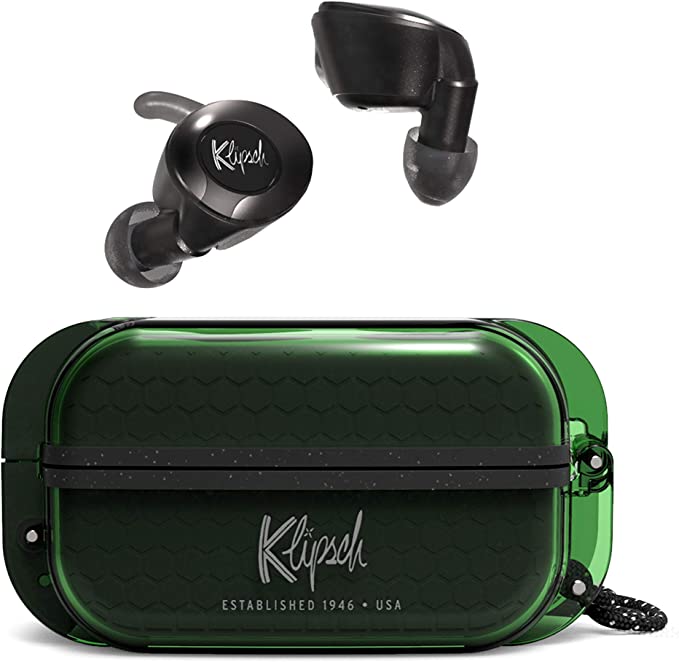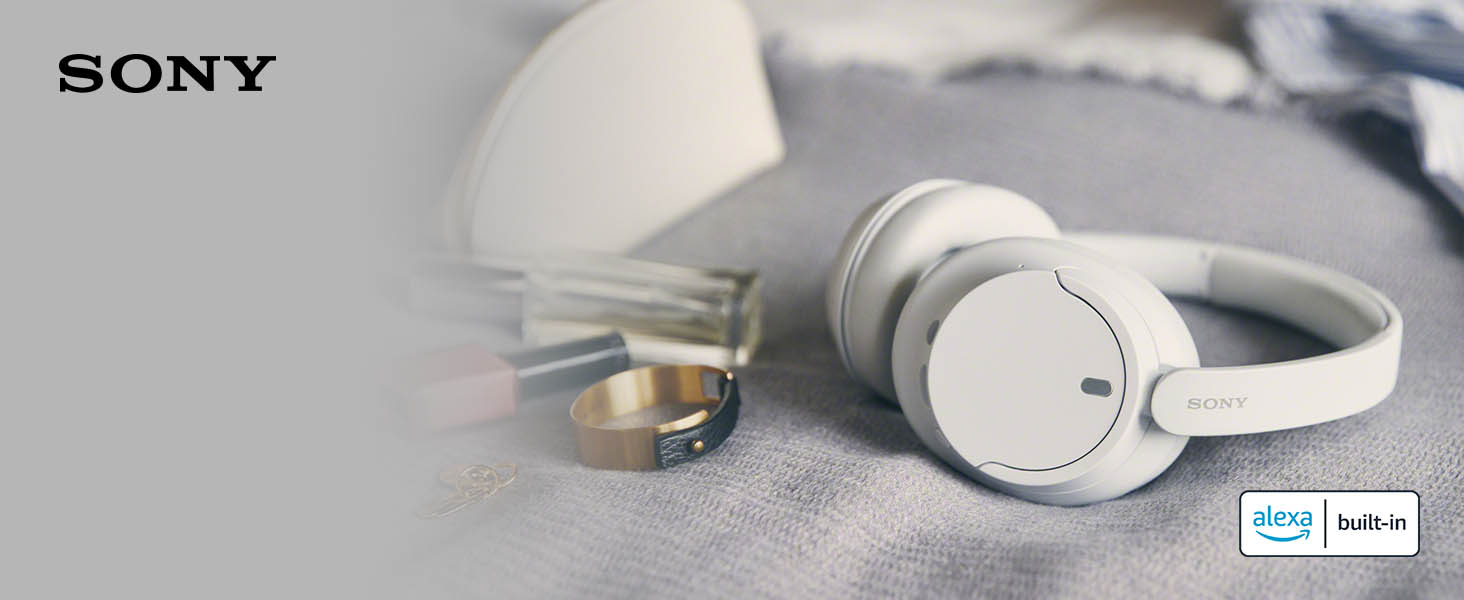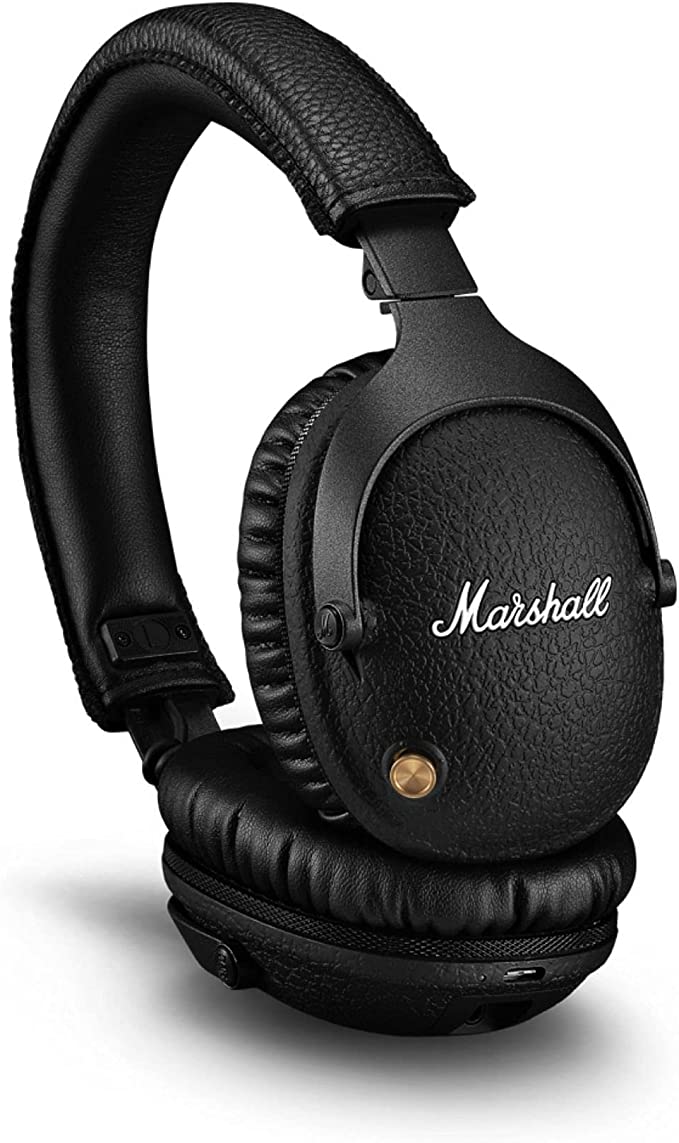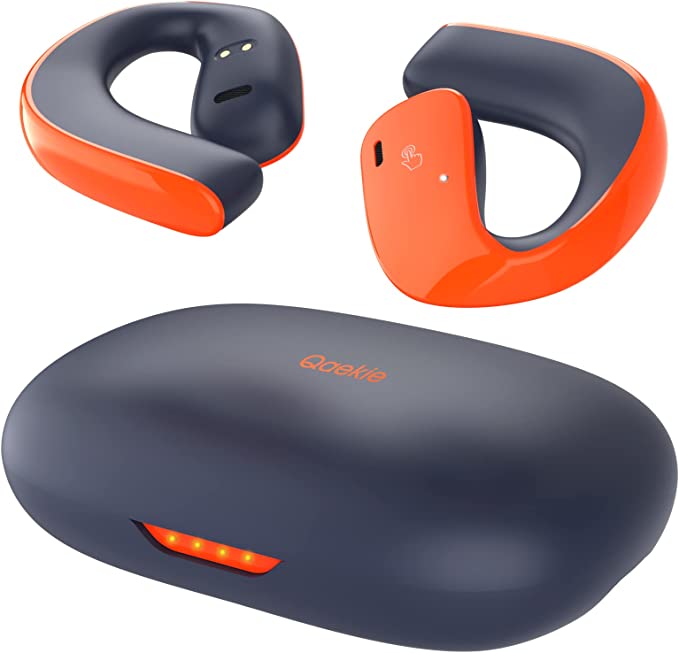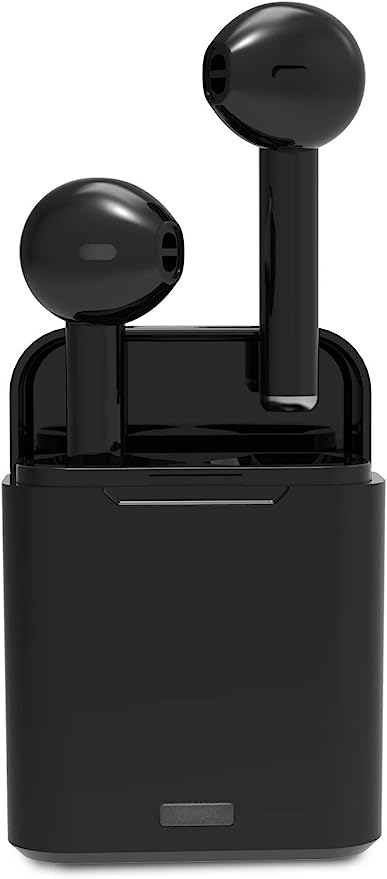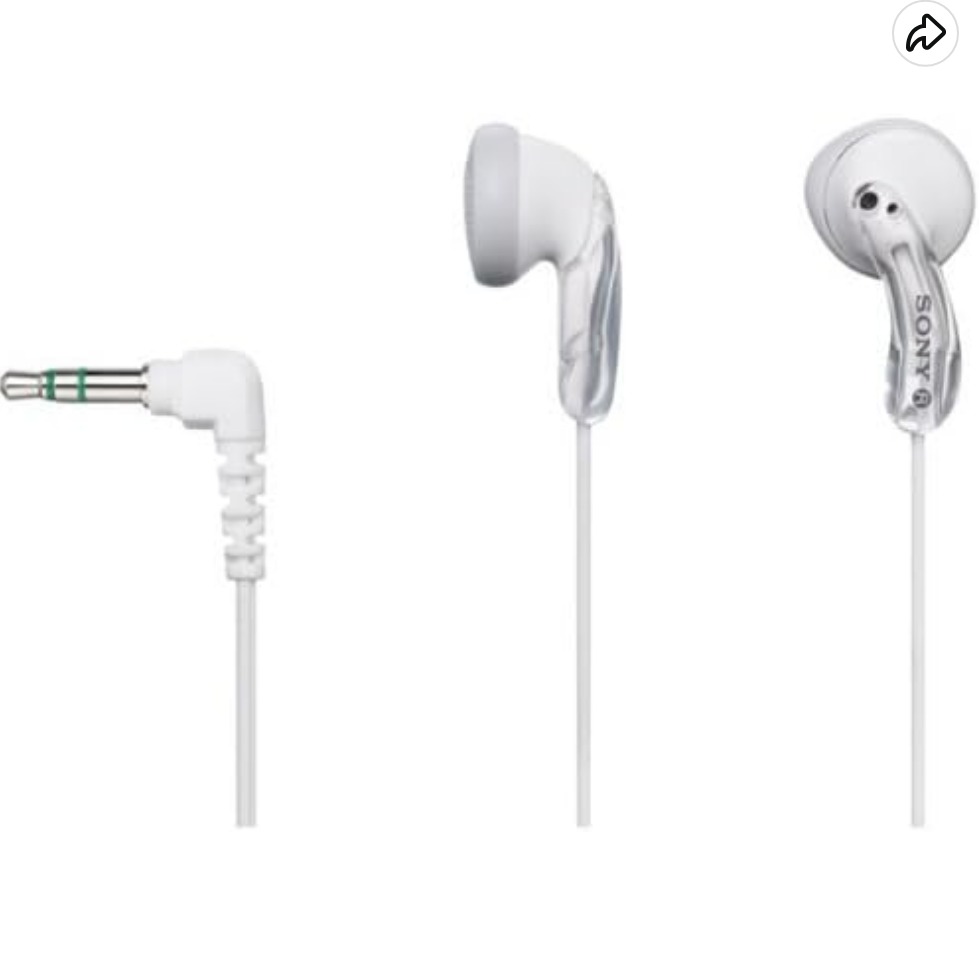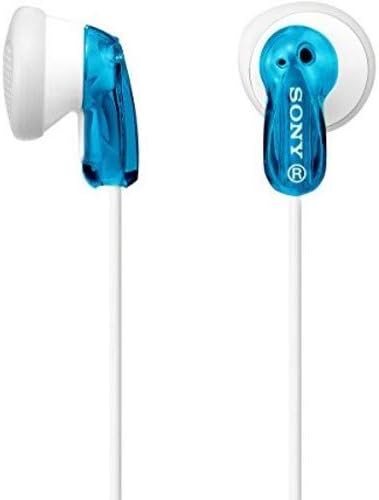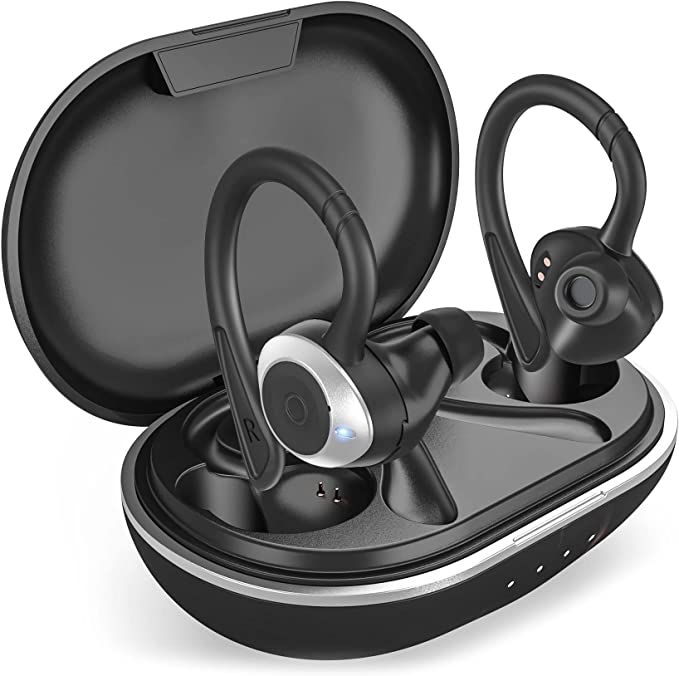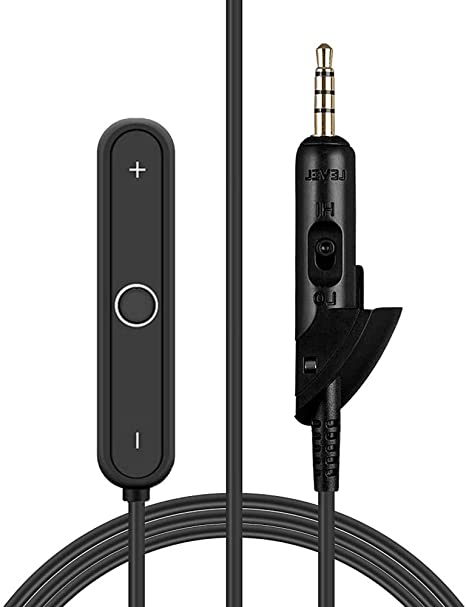Urbanista Los Angeles - The Solar-Powered ANC Headphones with Infinite Playtime
Update on June 30, 2025, 3:07 p.m.
We’ve all been held captive by the low-battery warning. It’s the ghost in the machine of modern life, a digital Damocles’ sword that tethers our wireless freedom to the nearest power outlet. For years, the dream has been simple: a device that just works, untethered and unburdened. Then, a product emerged that seemed to grasp this holy grail. The Urbanista Los Angeles, a pair of wireless headphones crowned with a solar cell, whispering a revolutionary promise: infinite playtime.
It’s a seductive idea. A gadget that sips light, from the brilliant California sun it’s named after to the soft glow of a Scandinavian office lamp, to power itself. Yet, a curious narrative began to surface among its users. While the battery meter, viewable in its companion app, often hovered near full, some wearers found their own endurance waning. Reports spoke of an overly tight fit, a noticeable heft, and most alarmingly, headbands that would mysteriously crack after months of use.
This presents a fascinating contradiction. How can a device engineered for infinite listening be, for some, uncomfortable to wear for more than a few hours? The answer lies not in a simple defect, but in a profound lesson about technological progress. The Urbanista Los Angeles is more than just a pair of headphones; it’s a masterclass in the art of engineering compromise, a brilliant, flawed pioneer that reveals the hidden costs of chasing an infinite resource.

The Alchemy of Light
To understand the genius of the Los Angeles, you must first forget everything you know about traditional solar panels. There are no brittle, blue-black silicon wafers here. Instead, the headband is laminated with a material called Powerfoyle, a groundbreaking innovation from the Swedish company Exeger.
Think of it less as a panel and more as a synthetic leaf. Powerfoyle is a Dye-Sensitized Solar Cell (DSSC), a technology that operates on a principle remarkably similar to photosynthesis. At a molecular level, a special dye absorbs photons of light, exciting electrons which are then collected by a nano-thin layer of titanium dioxide. This process is astonishingly versatile. Unlike conventional solar cells that crave direct, intense sunlight, Powerfoyle is an opportunistic harvester, adept at converting lower-energy, diffuse indoor light into a steady trickle of electrical current.
This is the key to its magic. It isn’t designed to rapidly charge the headphones from zero to full in an hour of sunbathing. Rather, it’s a tireless forager, constantly topping up the internal battery. The system’s brilliance lies in its balance: the goal is for the energy harvested throughout the day to meet or exceed the energy consumed by listening. The substantial 80-hour battery reserve isn’t just a backup; it’s the silo, the critical buffer that stores the fruits of the harvest, ensuring the music never stops, even after the sun goes down. Managed through the Urbanista mobile app, which provides a live-view of your energy gain and loss, the system offers a god-like perspective on a power source that feels, for all intents and purposes, endless.

The Weight of Infinity
But every act of creation, especially one that bends the rules of modern electronics, comes with a cost. In product design, there is a finite “budget” of weight, space, and material integrity. By adding the revolutionary Powerfoyle headband, Urbanista made a significant withdrawal from this budget, and the consequences ripple through the entire physical design of the headphones. This is where the paradox begins to unravel.
The first tax is paid in durability. A standard headphone headband is a simple, flexible piece of molded plastic, designed to bend and twist thousands of time. The Los Angeles headband, however, must be a platform for the semi-rigid Powerfoyle cell. This fusion of materials creates a classic engineering challenge: stress concentration. The points where the flexible plastic meets the more rigid solar component become potential weak spots. Over time, the repeated stress of putting the headphones on and taking them off can cause micro-fractures to form, eventually leading to the catastrophic cracking that some users have documented. It isn’t necessarily “cheap” plastic; it’s a material pushed to its limits by a novel design constraint.
The second tax is levied on comfort. At 500 grams (1.1 pounds), the Los Angeles is noticeably heavier than many of its non-solar peers, which often weigh between 250 and 300 grams. This extra mass, much of it located at the apex of the arch, has to be secured to the head. This necessitates a higher clamping force—the firm pressure the earcups exert on the sides of your head. While this ensures a stable fit, for many it crosses the line from snug to constricting, creating a discomfort that directly undermines the promise of limitless listening. The infinite power is there, but the human wearing it has a finite tolerance for pressure.
The final tax is potentially paid in sound. An over-ear headphone’s earcup is not just a cushion; it’s a carefully tuned acoustic chamber. The introduction of sophisticated power management circuitry, in addition to the standard Bluetooth and ANC components, means more electronics competing for precious internal real estate. While it’s impossible to know the exact internal layout without a teardown, it’s a reasonable engineering hypothesis that this crowded interior could compromise the size and shape of the acoustic volume. This may contribute to the sound signature that some listeners describe as “muddy” or lacking in clarity—the audio quality itself becoming a casualty in the noble war against the charging cable.

A Verdict on a Flawed Pioneer
So, are the Urbanista Los Angeles bad headphones? Absolutely not. They are, however, a profoundly compromised product, but “compromise” is not a dirty word in engineering—it is the very essence of the discipline. They represent a design team making a bold choice: to prioritize solving one of the single greatest pain points in modern electronics above all else.
In this, they have succeeded spectacularly. They have proven, in a commercially available product, that self-charging consumer audio is viable. For the right user—the daily commuter who moves between sunlit streets and bright offices, the remote worker who despises cable clutter, the traveler who values convenience over critical listening—these headphones are a revelation. They are a statement of priorities.

They are a Version 1.0. Like the first portable MP3 players that sacrificed sound quality for storage, or the first digital cameras that were bulky and slow, the Urbanista Los Angeles is a pioneer. Its flaws are not signs of failure, but the visible scars from forging a new path. They are the lessons that will be learned, the problems that will be solved in the next generation of this technology.

Looking at these headphones, we are looking at a sunbeam into the future. It’s a future where our devices become truly autonomous, quietly and efficiently sustaining themselves from the world around us. The next iteration may feature lighter, more flexible photovoltaic materials, integrated so seamlessly that they demand no compromise in comfort or durability. But it will be built on the foundation that this brave, brilliant, and beautifully flawed product laid. The Urbanista Los Angeles may have aimed for the sun and, like Icarus, found its physical form wanting. But in doing so, it has shown everyone else how to fly a little higher.
